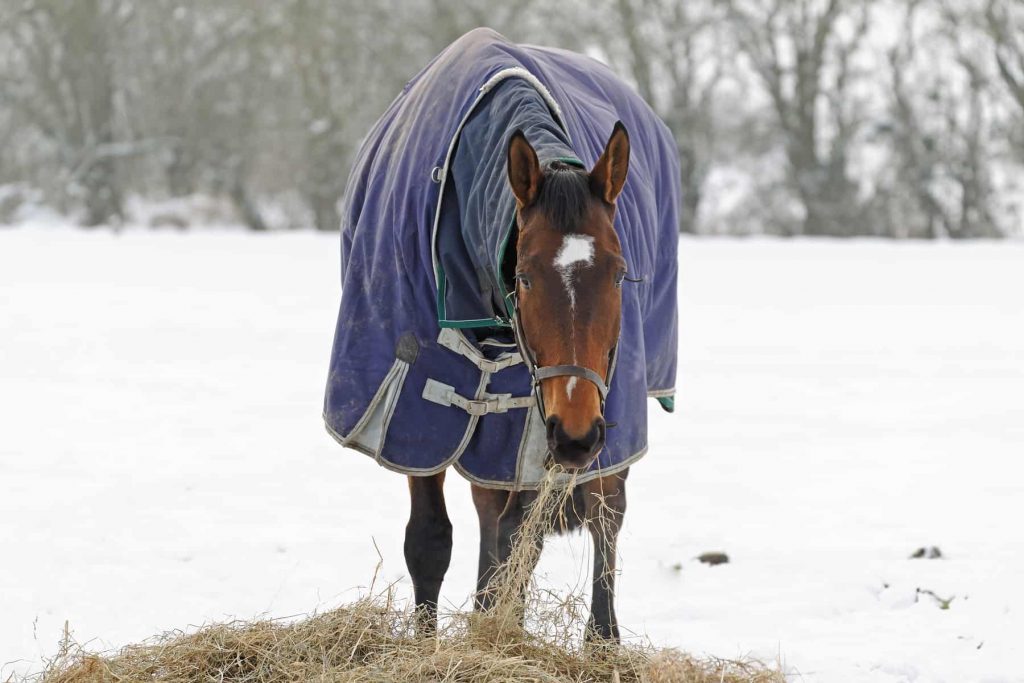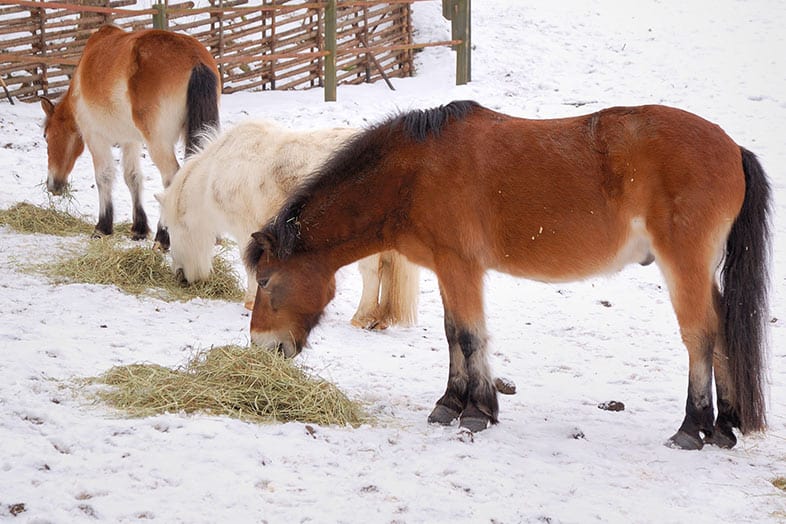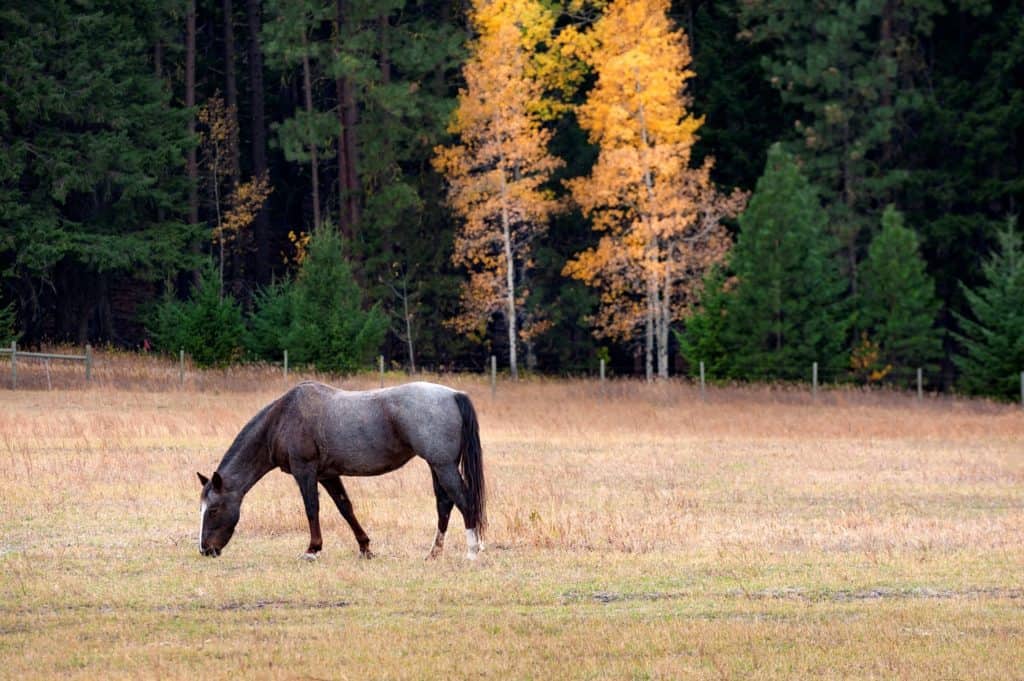
Infographic: Equine Allergies
The key to keeping your allergy-prone horse comfortable is figuring out the causes of his reactions and avoiding them. Learn more about allergic reactions in horses with this step-by-step visual guide.

The key to keeping your allergy-prone horse comfortable is figuring out the causes of his reactions and avoiding them. Learn more about allergic reactions in horses with this step-by-step visual guide.

Lumps, bumps, coughs, wheals, and wheezes: a basic overview of equine allergies.

Heat, humidity, and race distance significantly increase the risk of exertional heat illness in Thoroughbred racehorses on British tracks.

Our nutritionist shares how you can improve your horse’s coat, even during winter.

You might need to make adjustments to keep your horse healthy and happy through the winter.

If you are experiencing a hay shortage, consider these options for hay replacement.

The best winter weight management practice could be consistent monitoring of your horse’s body condition.

Learn how to keep your barn and other buildings safe during winter cold and snow.

Sometimes we get our horses in trouble with the very items we use to help them be more comfortable.

Cold, dry winter air can potentially leave horses susceptible to irritation, respiratory pathogens, and bronchoconstriction.

Find out what might happen if your horse eats that wreath hanging on his stall door.

Learn the difference between ration balancer feeds and supplements and how they benefit horses when pastures are scarce.

Learn how to keep horses and humans safe by storing your supplies and equipment properly.

Nutritionist Dr. Clair Thunes shares advice on how to reduce your horse’s risk of colicking this fall.

Aging mules and donkeys need to be managed just as carefully as horses. Here’s what you need to know.

Take a look at five common body clipping patterns used on horses.
Stay on top of the most recent Horse Health news with
"*" indicates required fields